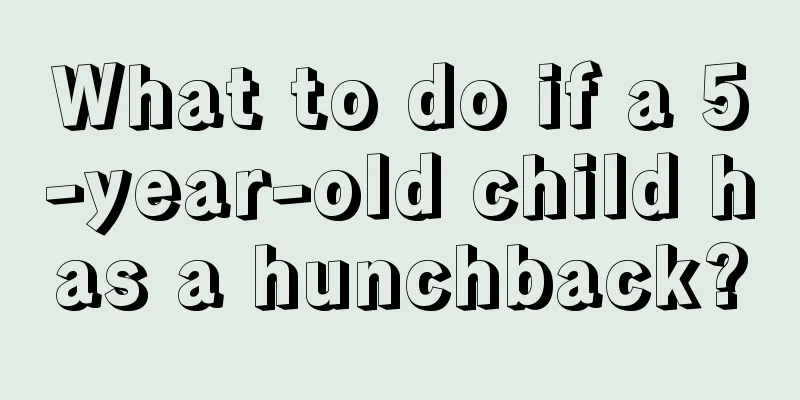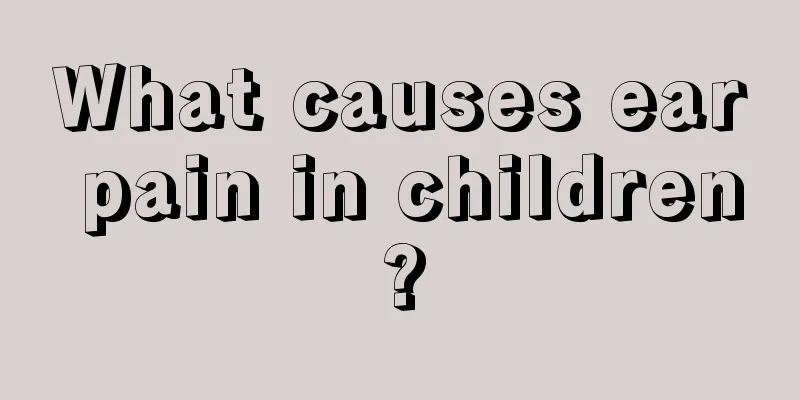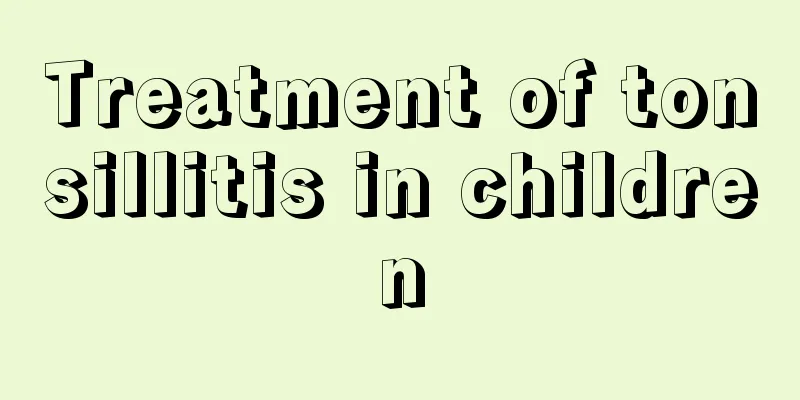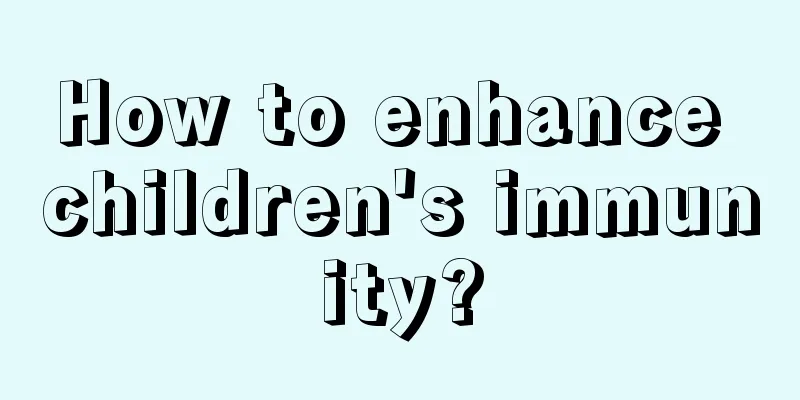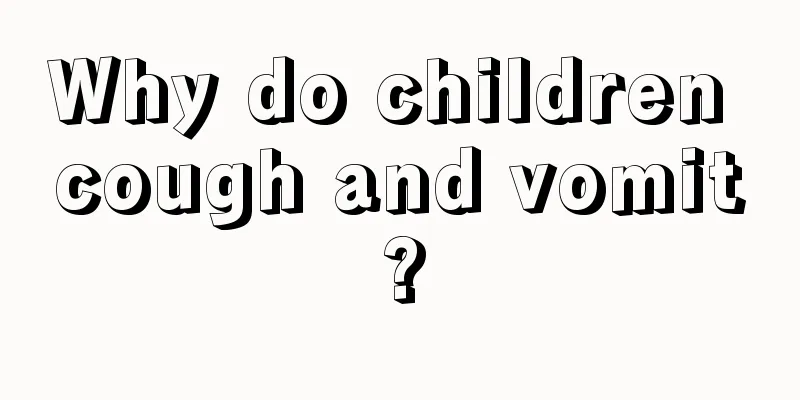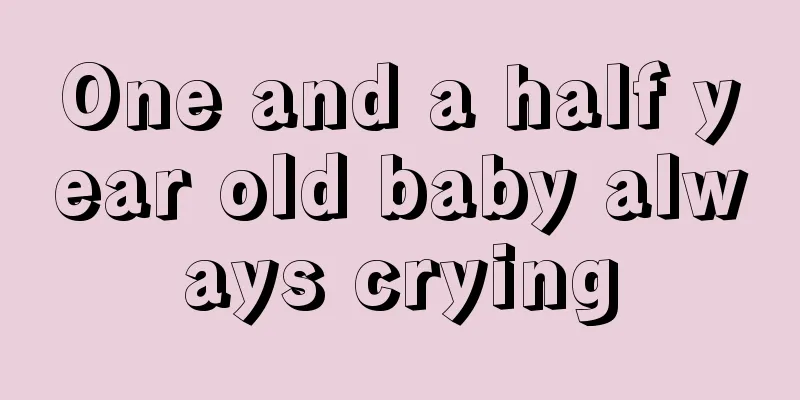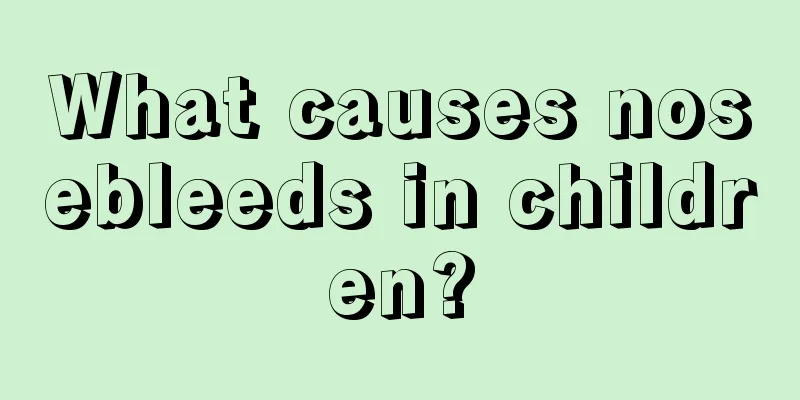Symptoms of pollen allergy in babies
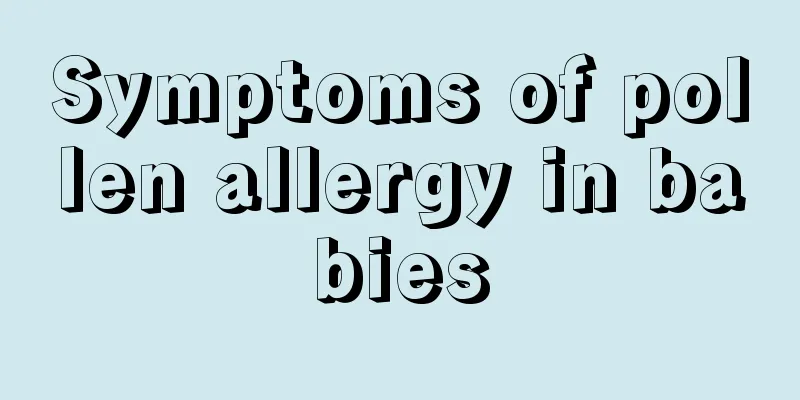
|
For babies, their physical development is not yet complete and their immunity is not particularly high. In the spring, if you are not careful, they may be allergic to pollen, which often causes children to sneeze constantly and even cause shortness of breath. Sometimes it can cause red eyes and skin rashes and other symptoms. If it can be confirmed that they are allergic to pollen, they must stay away from allergens in their daily lives. Symptoms of baby pollen allergy 1. The child's nose is extremely itchy and he will sneeze continuously. 2. Sudden paroxysmal coughing and difficulty breathing. 3. Red and itchy eyes. 4. Red spots, herpes, and small blisters appear on the skin, which are extremely itchy. If the erythema is not treated in time, it will slowly merge into a large rash. In severe cases, it may even spread to the skin all over the body, forming allergic dermatitis. How to prevent pollen allergy? 1. Avoid contact with pollen in other places, such as people with autumn hay fever in the north going to live in the south for two months. 2. Try to avoid going out when there is a lot of pollen, especially in dry and windy weather, or in mountainous areas or grasslands with many flowers and plants. 3. If you go out, wear long-sleeved clothes, a pollen mask (which can be purchased on regular websites), pollen glasses, or cover your head with a white transparent scarf. When working outdoors or going on a spring outing, it is best to bring some anti-allergic drugs, such as Kesitine, Claritin, Chlorpheniramine, Diphenhydramine, etc. 4. After going out and coming home, clean your face, nose, eyes and other parts that are covered with pollen, change your outer clothes to reduce contact with pollen, and take a bath before going to bed to remove pollen from other parts of the body. 5. During the pollen season, close doors, windows and car windows, turn on air conditioners with filtering functions, install anti-pollen window screens, and do not hang clothes outdoors. 6. Use pollen blockers to protect the nasal mucosa from contact with pollen (such as chloramphenicol, etc.). 7. Keep the indoor air moist and use an air purifier or air conditioner to filter it. 8. Maintain a healthy lifestyle and stay optimistic and cheerful. 9. Desensitization treatment at a later date after the pollen season ends may help alleviate symptoms of pollen allergy. |
<<: Newborn baby choked on amniotic fluid
>>: What is the cause of the blue spots under the child's eyes?
Recommend
What happens if my baby has black stools?
Many babies nowadays are picky eaters, and irregu...
How to absorb neonatal hematoma quickly
Some parents will find one or two lumps the size ...
What to do if your child's anus is red and painful? Pay more attention to it in daily life
In general, a baby's anus is red due to getti...
What to do if the baby can't hold the nipple
When a baby is fed for the first time, the nipple...
What to do if your baby has a hoarse throat
We all know that baby's throat is a common di...
What to do if your child has a sore throat
Children are very important to every family, beca...
Black spots in the eyes of children
The eyes are the windows to the soul. People'...
Baby's monthly growth
Understanding the growth and changes of the baby ...
What to do if children have irregular heartbeat
Every child will have some problems in the proces...
What should I do if my baby has a cold and stuffy nose?
The younger the baby is, the less sound his immun...
How to deal with a child's cough and nosebleed?
Children are our hope for the future, because the...
What are the symptoms of baby's gas?
We all know that since babies cannot brush their ...
What should I do if my child’s teeth turn black?
Children will encounter many problems during the ...
The little boy has a urinary tract infection. Do you know what this is?
It is not common for little boys to have urinary ...
How to apply for a child's ID card
We found that many children have started to have ...


